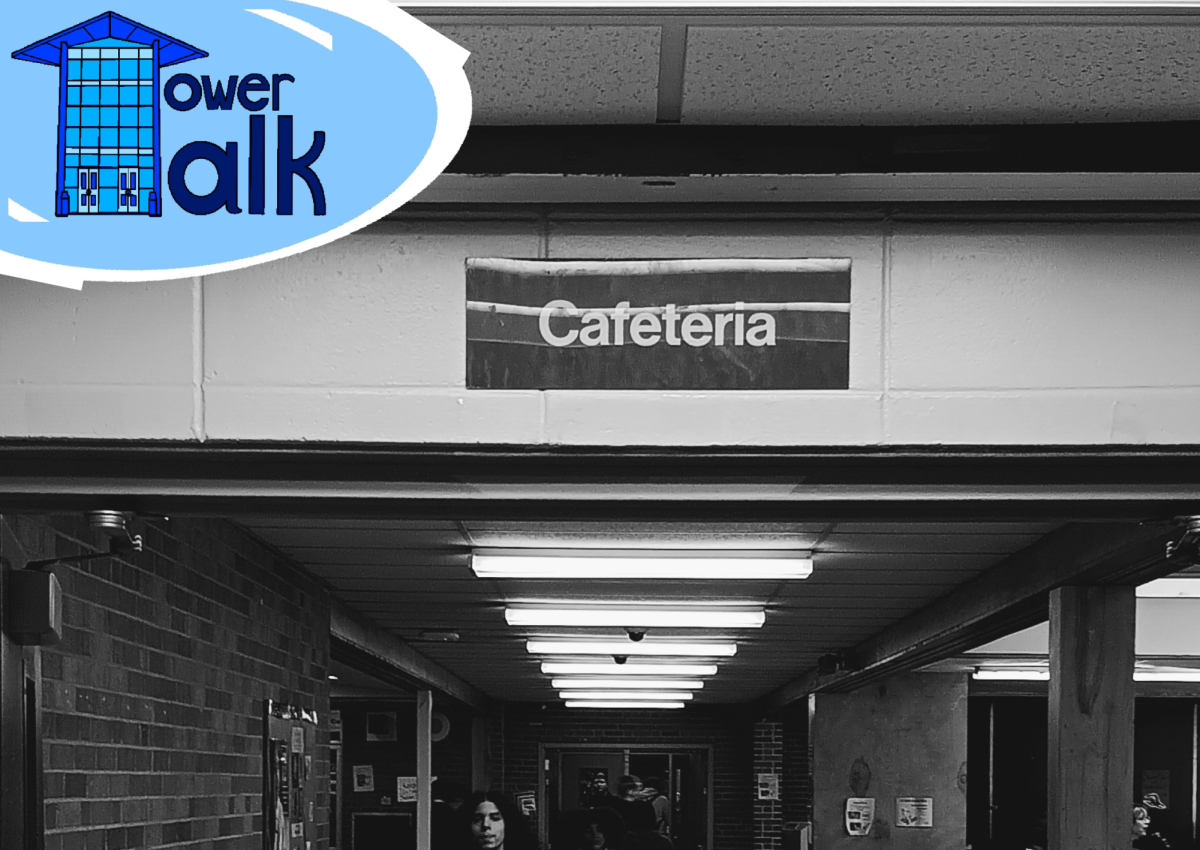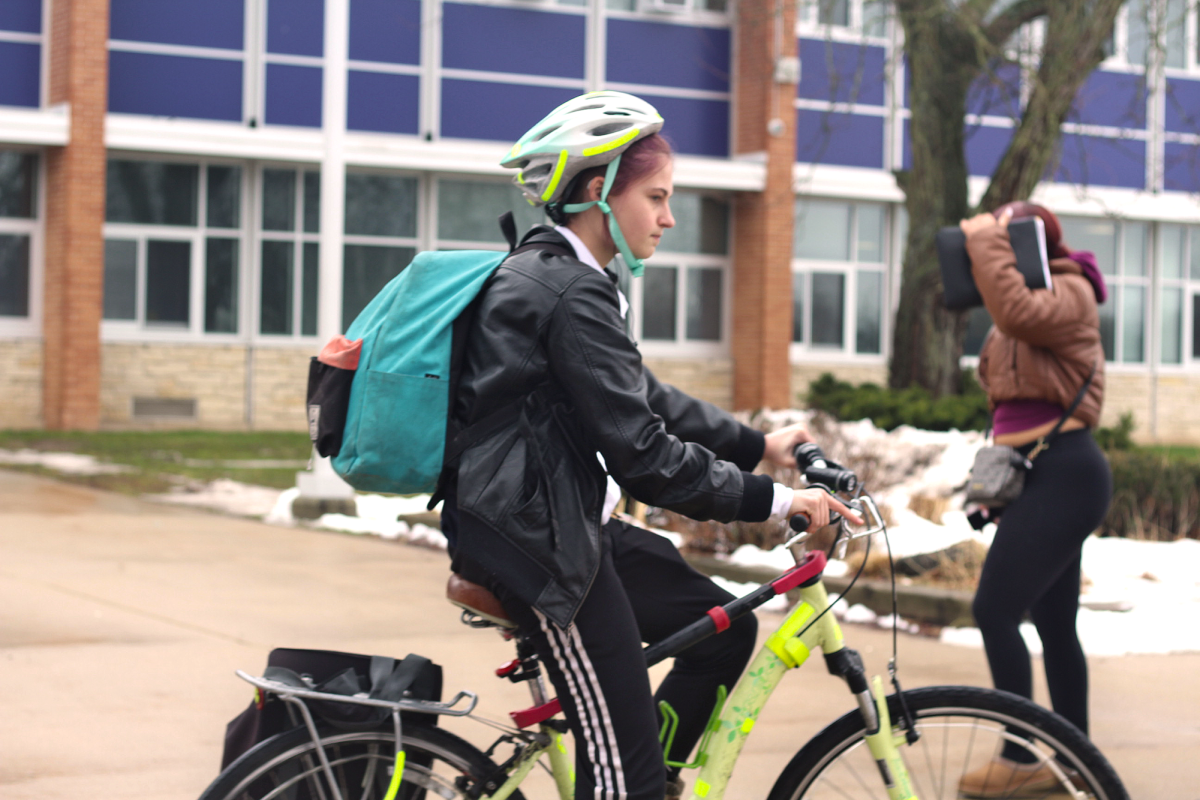To pick between an early bedtime or completing homework is a common dilemma of middle and high school students. Dragging their heavy heads off their pillows to the sound of an alarm clock while the stars are still high in the sky is the typical start to the student’s school day. This could be solved with one component, starting school later in the morning.
Across the United States, a majority of high schools and middle schools start the school day before 8:30 am. There are factors that prevent some school districts from starting school earlier. Although, studies by the Center for Disease Control, The University of Maryland Medical Center, and surveys show the adolescent brain is still asleep at this time in the morning, and is the most common start time of a school day in our nation.
“The majority of school districts across the nation decline the idea of starting school later in the morning because of extracurricular activities after school and transportation,” according to the source ‘The Synonym’.
Sports, clubs, and those who walk home from practices need the daylight to arrive home safely. Another reason for school starting so early is that students have more opportunity to work following the school day. Additionally, staggering school start times between early high schools to elementary, requires fewer busses and drivers that decrease the transportation cost by 30 percent.
According the article, ‘Wakeup Call’ by Sarah McKibben, “5 out of 6 high schools and middle schools have the first bell ring before 8:30 a.m.”
Starting classes before sunrise limits the amount of sleep that is vital for maintaining a healthy body and preforming well in school. The Center for Disease Control recommends an adolescent should have 8.5 to 9.5 hours of sleep per night. For students to balance extra circular activities, homework, and various other circumstances quickly decreases the time for sleep.
Students on average spend 3.5 hours a night doing homework for classes from a survey conducted by U.S News and World Report. Results from this survey show students who typically have five classes with different teachers, the amount of time spent on homework could add up to 17.5 hours per week, on average. Putting the three and a half hours on top of school leaves little time for a life aside from school.
For student athletes, time to do homework and other activities is pushed back even further. Practices and games can run until almost 10 PM on some occasions, leaving the student to finish school work well past midnight. In result, the student may only reach 5 to 6 hours for rest, sufficiently behind the recommended amount of sleep.
Starting classes later in the morning plays a large role in student performance.
According to ‘Science Daily’, “70 percent of students in a survey thought their grades in school would increase with a better night’s sleep. Sleep improves memory and reduces daytime drowsiness. The quantity and quality of rest is essential for the health and the wellbeing of students.”
Junior Lily Dohollander-Bird believes starting classes later in the morning would be a good fit. To have the ability to wake up gradually, go about the day naturally and to be at ease while attending school.
“I would feel a lot better, less reluctant to being at school,” said Dohollander-Bird.
Chronic sleep deprivation effects the brain’s ability to learn new information and mental health that could develop depression and aggression.
Research conducted by the University of Maryland Medical Center shows, “when the human body has an abnormal sleep schedule, the pineal gland in the brain can malfunction. This part of the brain regulates hormones and maintains the body’s circadian rhythm. The circadian rhythm is an ‘internal clock’ that controls when the brain is awake and asleep. Melatonin is secreted from the gland and maintains the body’s sleep cycle.”
Waking up from sleep, the body shows it is awake. The brain continues to produce melatonin, causing drowsiness. This carries into the first few hours of the school day.
“Roughly 33 percent of students fall asleep in class,” said Sarah McKibben from the article ‘Wakeup Call’.
Although, even if a student does not fall asleep, it does not mean they are paying full attention to the instruction in class.
Education and the health of students should be the priority of schools. Moving the start time of classes past 8:30 AM support these priorities. The delayed time does not force students to choose between homework or sleep. Adding about an hour more of sleep can reduce drowsiness, lack of sleep, and heighten student performance in education.

















